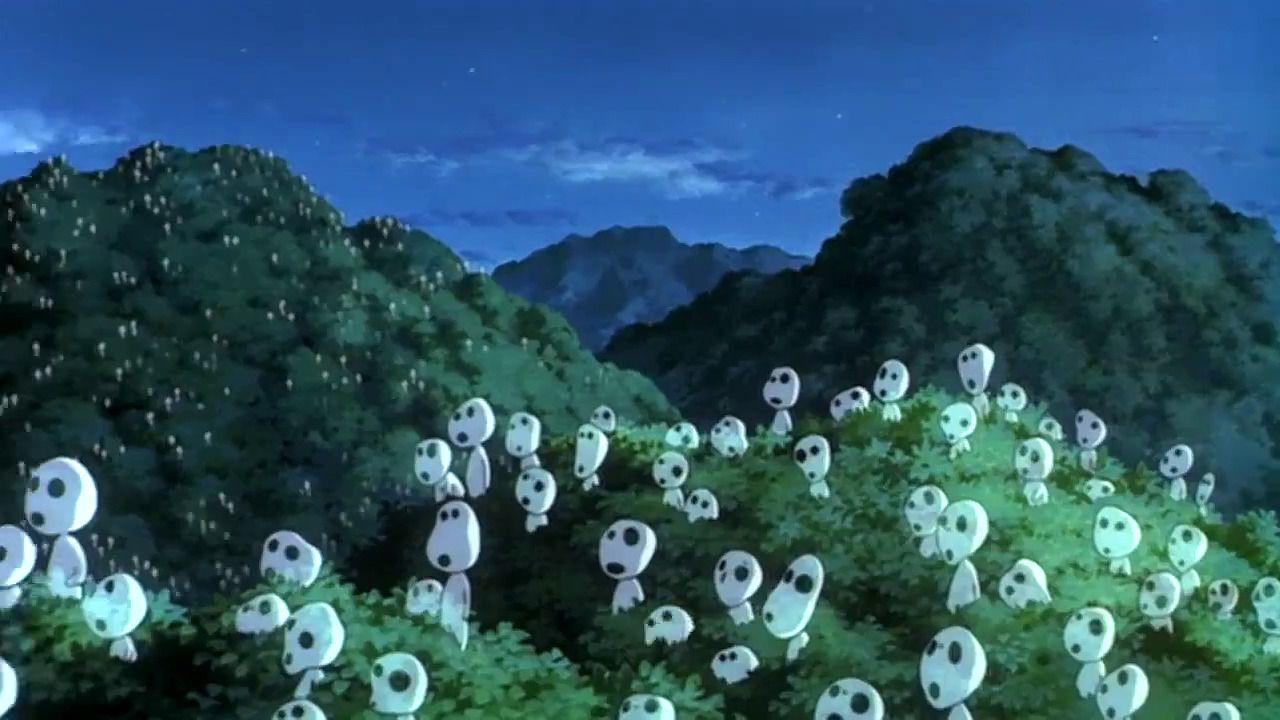

The dream of Pippi lives on, however, in protagonist Mimiko’s red ponytails. Initially, both men wanted to adapt Astrid Lindgren’s Pippi Longstocking series, and, along with their mentor Yasuo Ōtsuka (who was animation director on these films, Horus, and a handful of other projects on this list), went to Sweden to beg permission, which was denied them.

(So do a handful of scenes, which really have to be watched to be appreciated - and yes, there sure is a baby panda in it.) Both it and Panda Kopanda and the Rainy-Day Circus, which Takahata directed and Miyazaki wrote, are short films - about a half-hour each - and all sweet, silly charm. Now in theaters in a restored version along with its 1973 companion film, the smile of Panda! Go, Panda!’s eponymous massive mammal and the peppy pigtails of his pint-size human companion should trigger instant recognition in anyone who’s ever seen My Neighbor Totoro. Watch: Amazon Prime Video (dubbed, rent or buy) Panda! Go, Panda! (1972) and Panda Kopanda and the Rainy-Day Circus (1973) One sequence in particular, of Horus taking down a giant fish, is a marvel of movement and pacing. The film presages a number of the hallmarks of Studio Ghibli animation, including realistic character movement - the young prince Horus, for instance, runs in a manner somewhat akin to a number of Miyazaki’s later characters - and a more mature subject manner than was typical for a children’s anime at the time. Horus is charged by his dying father to return to the village of his birth and avenge his people, all slaughtered by the ice devil Grunwald years before. It’s a classic fantasy adventure film, set in ancient Norway, whose unassuming Chosen One hero, the titular Horus, pulls the Sword of the Sun, Excalibur-like, from the body of a stone giant.

Takahata’s directorial debut and Miyazaki’s first major film (he contributed scene design and key animation) was a landmark in Japanese animation history, for those reasons and more. Watch: Available dubbed on YouTube (for now) The Great Adventure of Horus, Prince of the Sun (a.k.a. A stylistic departure from previous films released by powerhouse Toei Animation, the film - based on a Shintō myth involving a storm god’s battle with the titular eight-headed dragon, the mythical Yamata no Orochi - feels more influenced by the visuals of United Productions of America and Disney’s Sleeping Beauty than prior anime landmarks, with its abstracted character animation, bold colors, and stylized backgrounds. In fact, Takahata’s career as a director began long before Miyazaki’s, arguably with this 1963 film, which he assistant-directed. Takahata, while never an animator himself, left as large an imprint on animation as a director and writer as his protégé turned partner Miyazaki, however overlooked it often is. The Little Prince and the Eight-Headed Dragon (1963) Here is a guide to the major non-Ghibli works directed or written by Miyazaki and/or Takahata, and where to watch them (if you can). We can’t help the former, but we can address the latter. But despite Miyazaki and Takahata’s outsize influence on the history of animation, many cartoon lovers still haven’t seen some of their most significant works, either for want of access or simply because they’ve never heard of them. That’s beginning to change, with American institutions like the Academy Museum of Motion Pictures in Los Angeles holding retrospectives of both directors’ films and the distributor GKIDS bringing more and more of Miyazaki and Takahata’s extra-Ghibli works Stateside. Yet here we are, nearly four decades after the studio’s founding, with much of the work of its two great directors - Hayao Miyazaki ( Spirited Away, etc.) and Isao Takahata ( Grave of the Fireflies, etc.) - almost entirely unheralded outside of Japan and animation circles.

Studio Ghibli has created some of the most beloved animated films in the history of the medium worldwide.


 0 kommentar(er)
0 kommentar(er)
